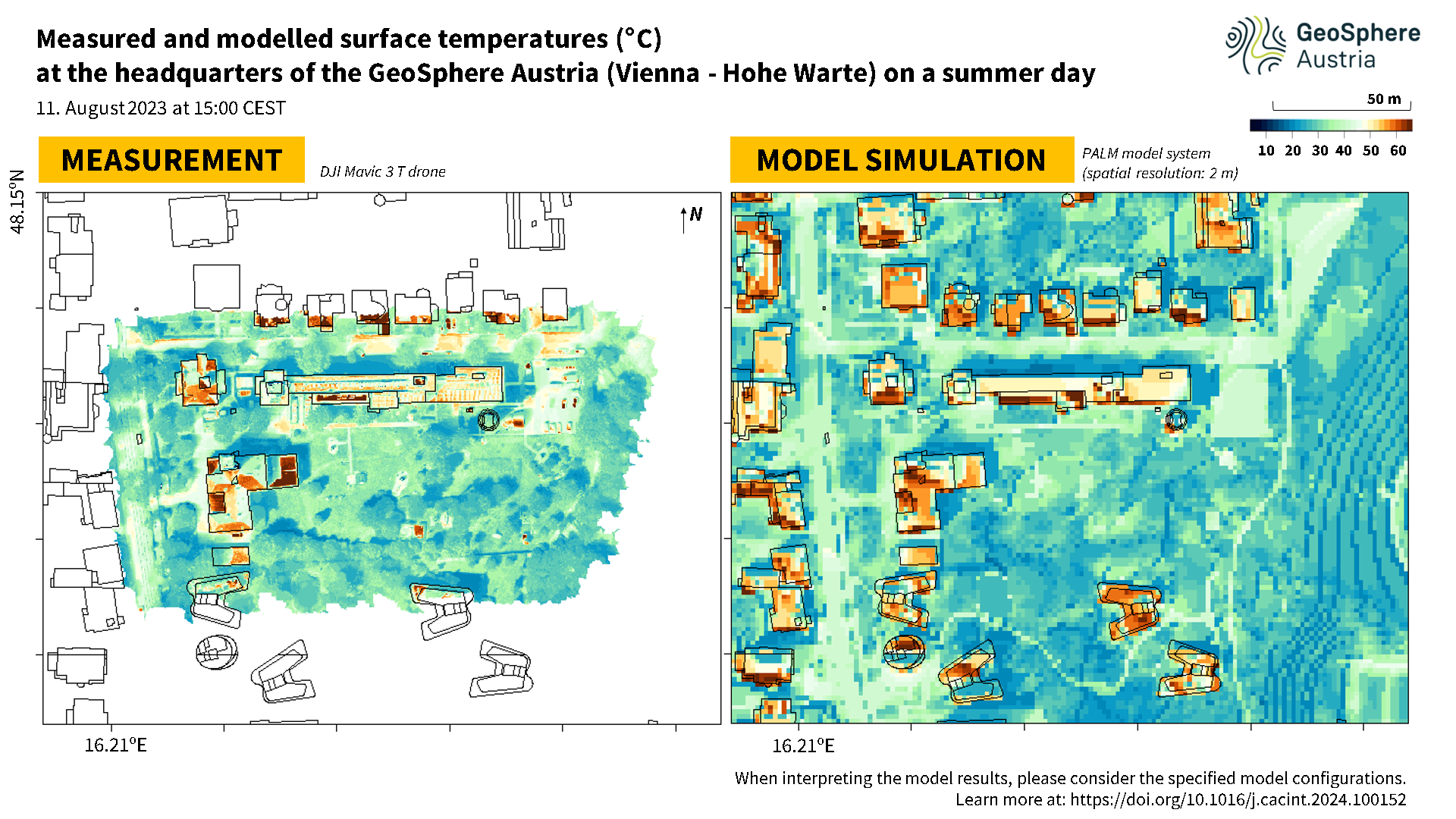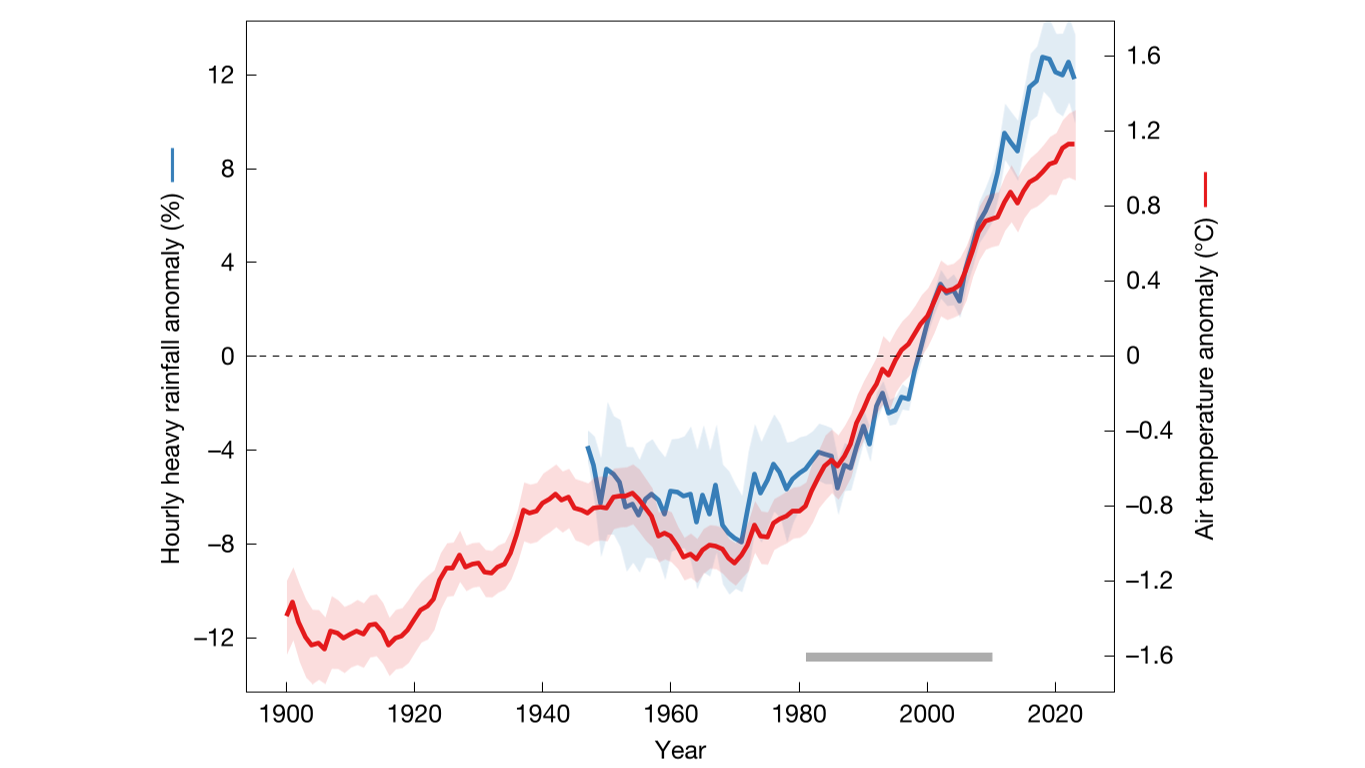Climate research and Climate services
The mission of climate research at GeoSphere Austria is to continuously improve the understanding of the past, present, and future expected climate and its impacts in Austria and the Alpine region, as well as to provide the data foundations for climate monitoring and climate services, thereby serving society.
Climate can be statistically derived from long-term weather data. To record temperature, precipitation, wind, sunshine duration, etc., GeoSphere Austria (formerly ZAMG) has been operating a comprehensive national station measurement network since 1851 – making it the only institution in Austria to do so. However, instrumental measurements are only available until about 1775. Therefore, for long-term climate reconstructions, GeoSphere Austria also relies on geomorphological, biological, and geochemical methods.
Anthropogenic climate change represents one of the greatest global challenges of our civilisation. Its effects fundamentally impact all aspects of life in Austria as well. Cities and mountainous regions pose particular challenges for climate research in Austria. Because urban agglomerations are especially affected by climate impacts, GeoSphere Austria applies specialised urban climate models to, among other things, evaluate the effectiveness of adaptation strategies for urban planning. In contrast, Austria’s complex topography presents unique challenges for estimating future climate development, which is a key focus in the calculation of national climate scenarios. By incorporating additional data sources – such as recorded damages, exposure, and vulnerability of assets – climate risk analyses can also be conducted based on climate hazards.
Based on the monitoring of the current climate, observed and reconstructed past climate changes, and various future climate scenarios, experts at GeoSphere Austria provide competent advice and information on the impacts of climate change in Austria for policymakers, businesses, authorities, society, and the media. This knowledge serves as a foundation for decision-makers to develop climate mitigation and adaptation measures on a regional, fact-based level.





